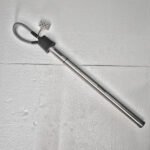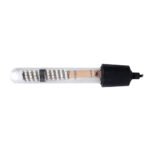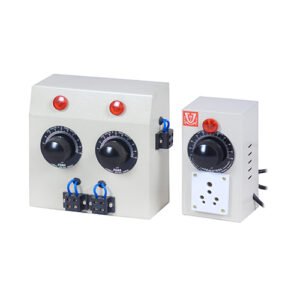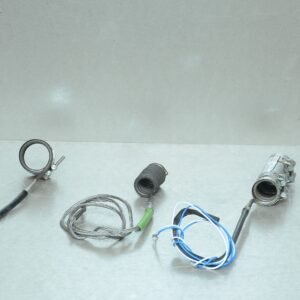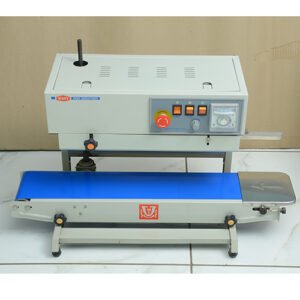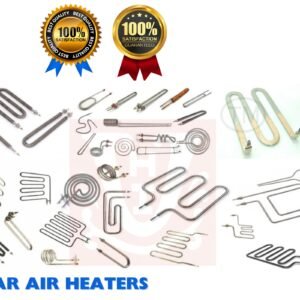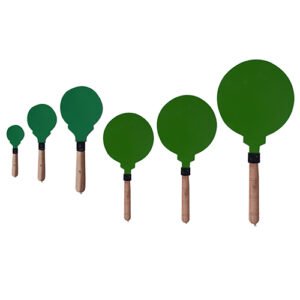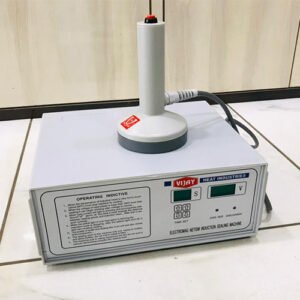SS Pipe Heater
Construction
Ceramic band heaters are designed with spirally wound inner resistance coils evenly threaded through interlocking insulated ceramic “tiles”. The ceramic core, or “mat” of tiles is housed beneath a stainless steel sheet with serrated edges. This combined assembly of the Ceramic Band Heater offers a flexible heating system that yields efficient transmission of conduction and radiated heat. The heat of the Ceramic Band originates from the inner coils that conduct heat at maximum temperatures. The heated coils evenly deliver heat through the ceramic tiles which radiate energy to the barrel. We offer a variety of Ceramic Band styles with customized configurations.
- Description
Description
Band Heaters were developed to meet industrial requirements for high temperature long lasting heaters. They are ideally suited to comply with today’s new resins, which calls for ever-increasing process temperatures.
An additional advantage of the Ceramic Band Heaters is that they transfer heat through conduction and radiation. This makes their tightness on barrels less critical; thus they are less prone to thermal expansion problems.
Theoretically, there are no restrictions on the diameter that ceramic band heaters can attain; however, because these heaters utilize ceramic tiles that are available only in specific lengths, the width of these heaters falls within a certain incremental range of sizes.
ADVANTAGES
- Built in insulation minimizes unwanted change in temperature along the barrel
- Heat transfers through radiation, conduction, and convection, so a perfect fit is not required compared to other band heaters
- Heat transfers are not affected by irregular surfaces or a loose fit
- Because they operate at higher watt densities, they can be used in wider increments
- The number of bands used can be reduced with simplified wiring
- The heater is safer with the cooler external surface – over other band heaters
- The flexible design allows easy install and removal
APPLICATION
- Injection Molding Machine
- Blow Molding Machine
- Extrusion Line
| Resistance | +10% -5% | Overall Thickness | 15 mm |
| Wattage | +5% -10% | Minimum Dia. | 38 mm |
| Max. Watt Density | 8 watts / sq.cm | Minimum Width | 25 mm |
| Voltage | 220V AC to 480V AC | Width – Normal | Multiple of 15 + 6mm |
| Maximum Temp | 800 oC | Std. gap between edges | 5 to 10 mm |

ORDERING INFORMATION
- Inside diameter (Ø)
- Length of the heater (L)
- Operating voltage (V)
- Wattage (W)
- Location dimensions of holes for T/C and slot in the heater (if any)
- Termination & Clamping Style
- Lead length
- Quantity
- In case of repeat order please specify Anupam code No. as punched on heater
- Ceramic Band Heaters are very flexible and can be made in large widths and one-piece construction for easy installation eliminating heat losses between narrow bands and sharply reducing labor cost in installation
- Before installation & during operation, the surface of the barrel and ceramic band heater must be clean and free from all contaminants that might liquefy under heat and find there way into the heater elements, carbonizing and becoming conductive. The smallest amount of contamination can cause electrical shorts creating heater failure
- Tighten the Allen bolt until the serrated edges become firmly in direct contact with the barrel to get the uniform contact. Do not over tighten, as to the point where serrated edges begin to collapse and thrust outwards. Unlike all other types of band heaters, Ceramic heater works on conduction and radiation principle and they do not require the same clamping force essential on all other types of band heaters
- To prevent the overheating and heater failure, adequate temperature controllers should be installed. Thermocouples must be kept free of contaminants and checked for good response to temperature changes. A bad thermocouple can be the cause of destroying an entire heating Zone
- Keep all electrical connections properly protected to avoid accident
- Never perform any type of service on heaters without disconnecting all electrical power
- Incorrect wiring is a common cause in heater burn out
- Qualified person should do the electrical wiring of heaters


